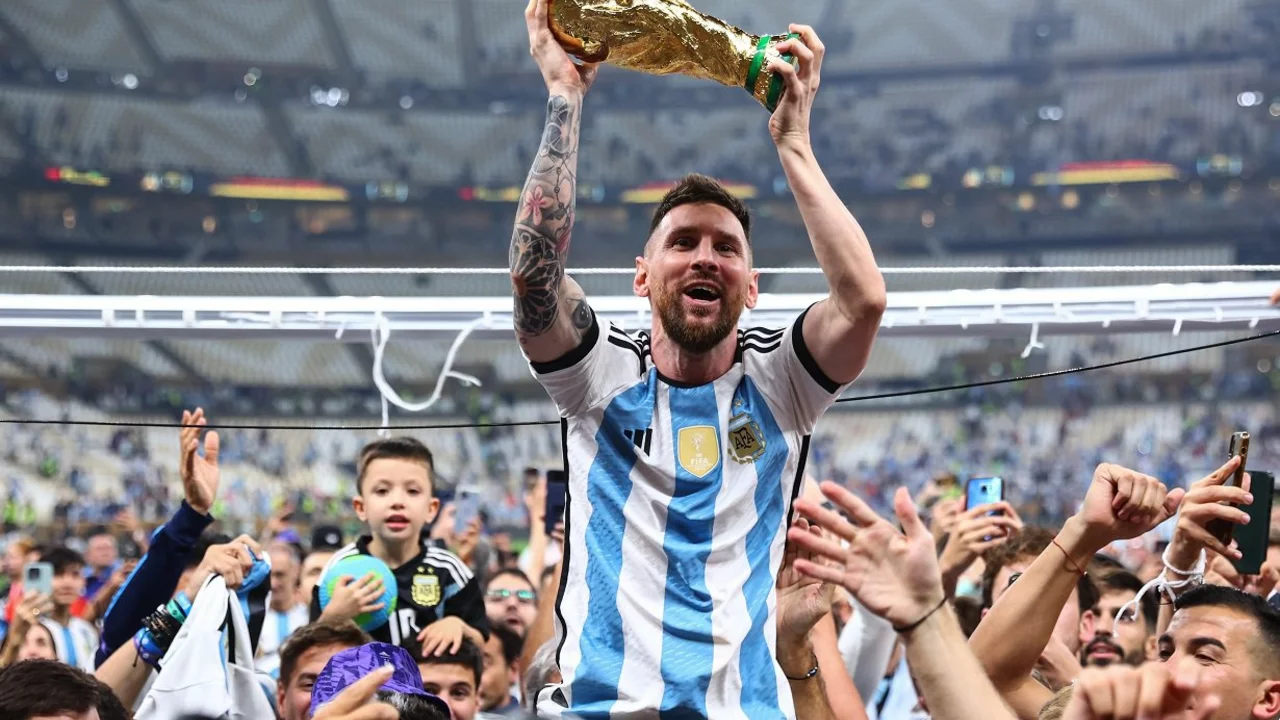Team Selection: How Clubs Choose Their Line‑up
When talking about team selection, the process clubs use to pick players for a match or a season. Also known as squad selection, it blends scouting, form, fitness and strategy into a single decision‑making flow.
One of the first things a manager looks at is the player contract, the legal agreement that defines a player's salary, length of stay and performance clauses. Contracts shape who’s available, when they can move, and what incentives drive them on the pitch. Knowing the contract details helps a coach avoid illegal field‑time and plan for future renewals.
A release clause, a preset fee in a player’s contract that triggers an automatic permission to discuss a transfer, can flip the selection picture overnight. If a rival club meets the clause, the player may leave, forcing the manager to reshuffle the squad or promote a youth prospect. Release clauses therefore act as both a safety valve and a strategic lever.
Another core factor is squad size, the total number of players a club registers for a competition. A larger squad offers depth, but too many names can dilute training focus. Regulations often cap squad size, pushing clubs to prioritize versatility and balance between experience and youth.
Beyond paperwork, football tactics, the system of play, formation and style a manager implements, dictate the type of players needed. A 4‑3‑3 demands wingers with speed, while a 3‑5‑2 looks for wing‑backs who can defend and attack. Tactics create a direct link to team selection, shaping which attributes are most valuable.
Key Factors That Influence Who Starts
Team selection encompasses squad size, contract status and tactical plan, forming a triangle of decisions every manager must juggle. When a key player’s contract expires, the club may either extend it or drop them from the line‑up to avoid a free transfer. This is a classic example of the team selection‑contract relationship.
The presence of a release clause can also shape tactical flexibility. If a striker’s clause is activated, the manager must decide whether to replace him with a similar profile or change the formation entirely. This shows the release clause‑tactics connection.
Squad size limits force managers to be ruthless about redundancy. Having three left‑backs when you only need two means one will miss out, unless they can adapt to a new role. That’s the squad size‑selection trade‑off in action.
Injuries and form add another layer. A player performing well in training but carrying a lingering injury may be listed in the squad but omitted from the matchday line‑up, illustrating how fitness intertwines with selection choices.
Youth promotion is a growing trend. Clubs with limited budgets rely on academy graduates to fill gaps left by outgoing contracts or released players. The youth pathway directly feeds into the team selection pipeline.
Financial fair play rules also play a part. Overspending on wages can trigger sanctions, so clubs must keep an eye on contract totals when assembling their squad, linking finance to selection decisions.
Fan expectations can pressure a manager to pick popular players over those who fit the tactical plan. Balancing supporter sentiment with optimal performance is a subtle art of team selection.
International duty creates weekly roster changes. When key players leave for national team duty, managers must rely on backups, highlighting the importance of depth built through squad size management.
Finally, data analytics now inform every step. Stats on passes completed, distance covered and expected goals help quantify a player's suitability, turning intuition into evidence‑based team selection.
All these elements—contracts, release clauses, squad limits, tactics, fitness, finance and fan input—interlock to shape the final eleven. Below you’ll find articles that dive deeper into each piece, from the nitty‑gritty of release clauses to the strategic impact of playing with ten men on the pitch. Browse the collection to see how each factor plays out in real‑world scenarios.
So, the FIFA World Cup 2022 group draw is essentially the process where the teams that have qualified for the tournament are divided into groups. This usually involves a lot of anticipation and excitement as fans around the world eagerly await to see who their country will be up against. The draw is done randomly but with certain rules to ensure a fair and balanced competition. For the 2022 World Cup in Qatar, there will be 32 teams divided into eight groups. It's a pivotal event in the lead-up to the big tournament and it sets the stage for what's to come.
